Adds created_at and updated_at columns on the database, setting each to datetime types. When true is passed as the first argument a timestamp type is used instead. Both columns default to being not null and using the current timestamp when true is passed as the second argument.
Note that on MySQL the .timestamps() only have seconds precision, to get better precision use the .datetime or .timestamp methods directly with precision. If useCamelCase is true, the name of columns are createdAt and updatedAt. COVAR_POP Computes the population covariance of the values computed by numeric_expr1 and numeric_expr2.
COVAR_SAMP Computes the sample covariance of the values computed by numeric_expr1 and numeric_expr2. EXACT_COUNT_DISTINCT Returns the exact number of non-NULL, distinct values for the specified field. FIRST Returns the first sequential value in the scope of the function. GROUP_CONCAT('str' ) Concatenates multiple strings into a single string, where each value is separated by the optional separator parameter.
If separator is omitted, BigQuery returns a comma-separated string. This method is atomic assuming that the database enforces uniqueness of the keyword arguments . Each window function requires an OVER clause that specifies the window top and bottom. The three components of the OVERclause provide additional control over the window. Partitioning enables you to divide the input data into logical groups that have a common characteristic. Ordering enables you to order the results within a partition.
Framing enables you to create a sliding window frame within a partition that moves relative to the current row. You can configure the size of the moving window frame based on a number of rows or a range of values, such as a time interval. Identity column is a column generated with a sequence. The column declared as the identity column with IDENTITY data type or with IDENTITY () clause is implicitly the primary key column of this table. GENERATED ALWAYS AS IDENTITY, GENERATED BY DEFAULT AS IDENTITY, and AUTO_INCREMENT clauses do not create the primary key constraint automatically.
GENERATED ALWAYS AS IDENTITY clause indicates that column can only be generated by the sequence, its value cannot be set explicitly. Identity column may not have DEFAULT or ON UPDATE expressions. PRIMARY KEY also disallows NULL values and marks the column as a primary key, a table can have only one primary key. UNIQUE constraint supports NULL values and rows with NULL value in any column are considered as unique. UNIQUE creates a unique constraint on entire row, excluding invisible columns; but if new columns will be added to the table, they will not be included into this constraint. The OMIT RECORD IF clause is a construct that is unique to BigQuery.
It is particularly useful for dealing with nested, repeated schemas. It is similar to a WHERE clause, but different in two important ways. First, it uses an exclusionary condition, which means that records are omitted if the expression returns true, but kept if the expression returns false or null. Second, the OMIT RECORD IF clause can use scoped aggregate functions in its condition. Tells the database to ignore failure to insert any rows that fail constraints such as duplicate unique values. Enabling this parameter disables setting the primary key on each model instance .
This type of data is referred as temporal data and every database engine has a default storage format and data types for storing them. The following table shows the data types supported by the MySQL database server for handling the dates and times. When no rows are selected, aggregate functions will return their initial value. This can occur when filtering results in no matches while aggregating values across an entire table without a grouping, or, when using filtered aggregations within a grouping. What this value is exactly varies per aggregator, but COUNT, and the various approximate count distinct sketch functions, will always return 0. The LIMIT clause limits the number of rows returned.
In some situations Druid will push down this limit to data servers, which boosts performance. Limits are always pushed down for queries that run with the native Scan or TopN query types. With the native GroupBy query type, it is pushed down when ordering on a column that you are grouping by. If you notice that adding a limit doesn't change performance very much, then it's possible that Druid wasn't able to push down the limit for your query.
The ORDER BY clause refers to columns that are present after execution of GROUP BY. It can be used to order the results based on either grouping expressions or aggregated values. ORDER BY can refer to an expression or a select clause ordinal position . For non-aggregation queries, ORDER BY can only order by the __time column.
For aggregation queries, ORDER BY can order by any column. TIMESTAMP column could be declared with DEFAULT CURRENT_TIMESTAMP to set the default value to the current date/time. (All other data types' default, including DATETIME, must be a constant and not a function return value).
You can also declare a TIMESTAMP column with "ON UPDATE CURRENT_TIMESTAMP" to capture the timestamp of the last update. In the relational model, a table shall not contain duplicate rows, because that would create ambiguity in retrieval. To ensure uniqueness, each table should have a column , called primary key, that uniquely identifies every record of the table. For example, an unique number customerID can be used as the primary key for the customers table; productCode for products table; isbn for books table. A primary key is called a simple key if it is a single column; it is called a composite key if it is made up of several columns.
Most RDBMSs build an index on the primary key to facilitate fast search. The primary key is often used to relate to other tables. We set the column productID as the so-called primary key. This ensures that every row can be distinguished from other rows.
You can specify a single column or a set of columns (e.g., firstName and lastName) as the primary key. An index is build automatically on the primary-key column to facilitate fast search. Primary key is also used as reference by other tables. You can use either numeric or string expressions as arguments for comparison functions. (String constants must be enclosed in single or double quotes.) The expressions can be literals or values fetched by a query. Comparison functions are most often used as filtering conditions in WHERE clauses, but they can be used in other clauses.
With a single argument, this function returns the date or datetime expression expr as a datetime value. With two arguments, it adds the time expression expr2 to the date or datetime expression expr1 and returns the result as a datetime value. Defines a referential specification of a referential constraint. If the table name is not specified, then the same table is referenced. If the referenced columns are not specified, then the primary key columns are used.
Some tables may not be referenced, such as metadata tables. Use the SELECT FOR UPDATE statement in scenarios where a transaction performs a read and then updates the row it just read. The statement orders transactions by controlling concurrent access to one or more rows of a table. These other transactions are effectively put into a queue that is ordered based on when they try to read the value of the locked row. If you order by fields from a related model, those fields will be added to the selected columns and they may make otherwise duplicate rows appear to be distinct.
Since the extra columns don't appear in the returned results , it sometimes looks like non-distinct results are being returned. Annotations specified using keyword arguments will use the keyword as the alias for the annotation. Anonymous arguments will have an alias generated for them based upon the name of the aggregate function and the model field that is being aggregated.
Only aggregate expressions that reference a single field can be anonymous arguments. The DISTINCT keyword appears after the SELECT keyword but before any column or expression in the select list. The query above returns distinct values in the column_name from the table_name. The GROUP BY clause refers to columns in the FROM table. Using GROUP BY, DISTINCT, or any aggregation functions will trigger an aggregation query using one of Druid's three native aggregation query types.
GROUP BY can refer to an expression or a select clause ordinal position . Such conditions are often created in the belief that you cannot pass different types than numbers and strings to the database. That means you can for example use a java.util.Date object as bind parameter.
This can be the same size as the partition or smaller. ROWS - Defines a window in terms of row position, relative to the current row. For example, to add a column showing the sum of the preceding 5 rows of salary values, you would query SUM OVER . The set of rows typically includes the current row, but that is not required.
The following functions enable date and time manipulation for UNIX timestamps, date strings and TIMESTAMP data types. For more information about working with the TIMESTAMP data type, see Using TIMESTAMP. When the ROLLUP function is used, BigQuery adds extra rows to the query result that represent rolled up aggregations. All fields listed after ROLLUP must be enclosed in a single set of parentheses. In rows added because of the ROLLUPfunction, NULL indicates the columns for which the aggregation is rolled up. The WHERE clause, sometimes called the predicate, filters records produced by the FROM clause using a boolean expression.
Multiple conditions can be joined by boolean AND and OR clauses, optionally surrounded by parentheses—()— to group them. Converting date ranges into a set of rows is a common requirement. You could for example filter out weekends and holidays much easier than when you are using just the start and end date of the interval. UNION ALL can be used to query multiple tables at the same time. In this case, it must appear in a subquery in the FROM clause, and the lower-level subqueries that are inputs to the UNION ALL operator must be simple table SELECTs. Features like expressions, column aliasing, JOIN, GROUP BY, ORDER BY, and so on cannot be used.
The query will run natively using a union datasource. Suppose that each product has one supplier, and each supplier supplies one or more products. We could create a table called suppliers to store suppliers' data (e.g., name, address and phone number). We create a column with unique value called supplierID to identify every suppliers. We set supplierID as the primary key for the table suppliers .
Returns an array of query strings filled out with the correct values based on bindings, etc. Useful for debugging and building queries for running them manually with DB driver. Implemented for the PostgreSQL, MySQL, and SQLite databases.
A modifier for insert queries that specifies alternative behaviour in the case of a conflict. The default behaviour in case of conflict is to raise an error and abort the query. RANGE - Defines a window in terms of a range of values in a given column, relative to that column's value in the current row. Only operates on numbers and dates, where date values are simple integers .
Neighboring rows with the same value are called peer rows. The LIMIT clause will stop processing and return results when it satisfies your requirements. The GROUP BY clause lets you group rows that have the same values for a given field or set of fields so that you can compute aggregations of related fields. Grouping occurs after the filtering performed in the WHERE clause but before the expressions in the SELECT clause are computed. The expression results cannot be used as group keys in the GROUP BY clause.
The term table wildcard function refers to a special type of function unique to BigQuery. These functions are used in the FROM clause to match a collection of table names using one of several types of filters. For example, the TABLE_DATE_RANGE function can be used to query only a specific set of daily tables. For more information on these functions, see Table wildcard functions. The DISTINCT clause is used in a SELECT statement to filter duplicate rows in the result set.
It ensures that rows returned are unique for the column or columns specified in the SELECT clause. The date argument specifies the starting date or datetime value. Expr is an expression specifying the interval value to be added or subtracted from the starting date. Expr is evaluated as a string; it may start with a - for negative intervals.
Unit is a keyword indicating the units in which the expression should be interpreted. CONVERT_TZ() converts a datetime value dt from the time zone given by from_tz to the time zone given by to_tz and returns the resulting value. Time zones are specified as described in Section 5.1.13, "MySQL Server Time Zone Support". This function returns NULL if the arguments are invalid.
The next value of the sequence is generated only once for each processed row. If this expression is used multiple times with the same sequence it returns the same value within a processed row. Used values are never re-used, even when the transaction is rolled back. The action CASCADE will cause conflicting rows in the referencing table to be deleted or updated.


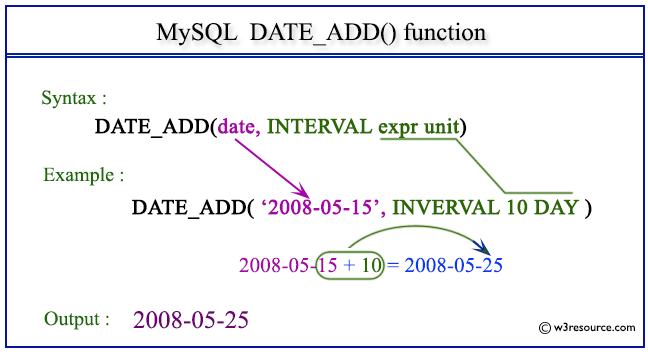
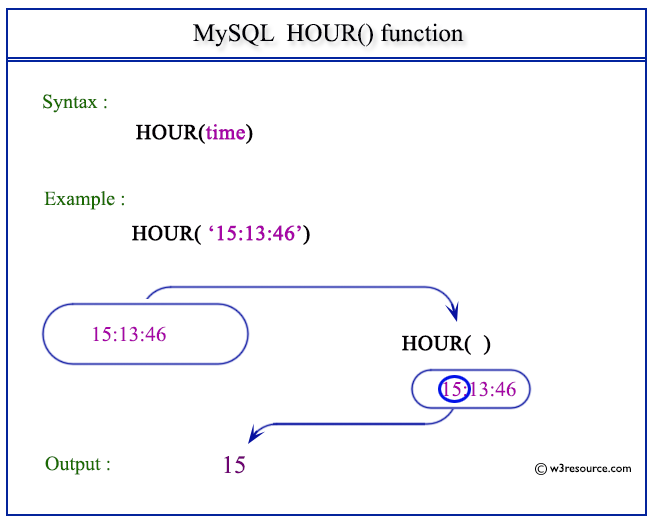


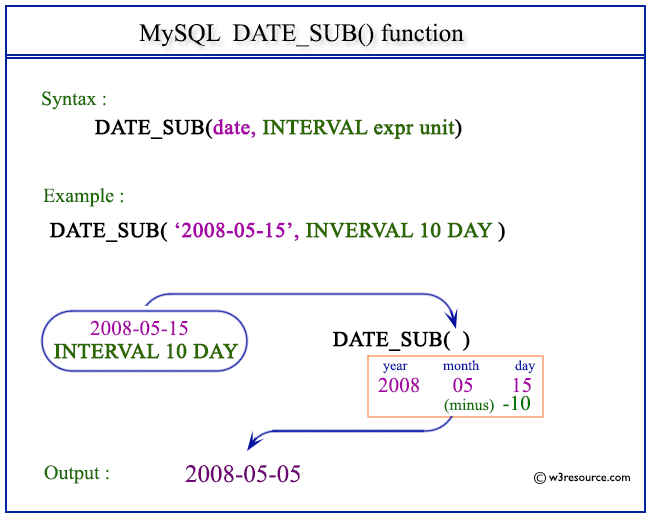
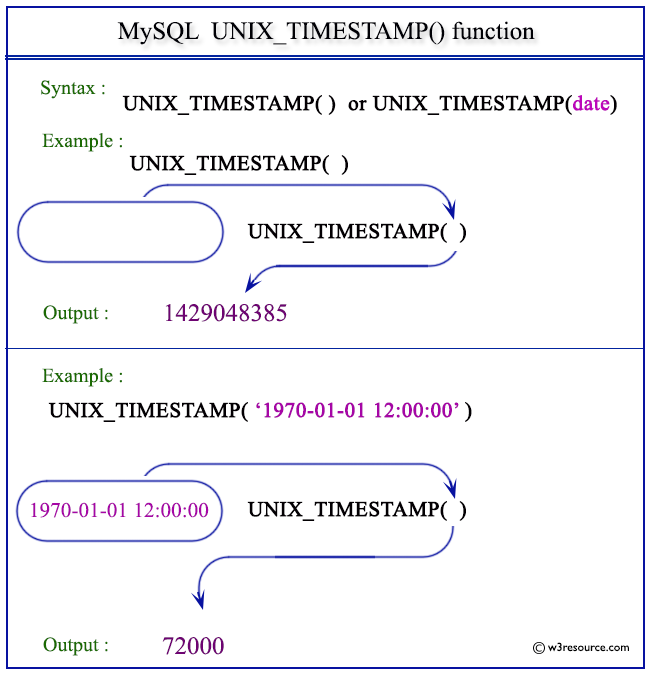

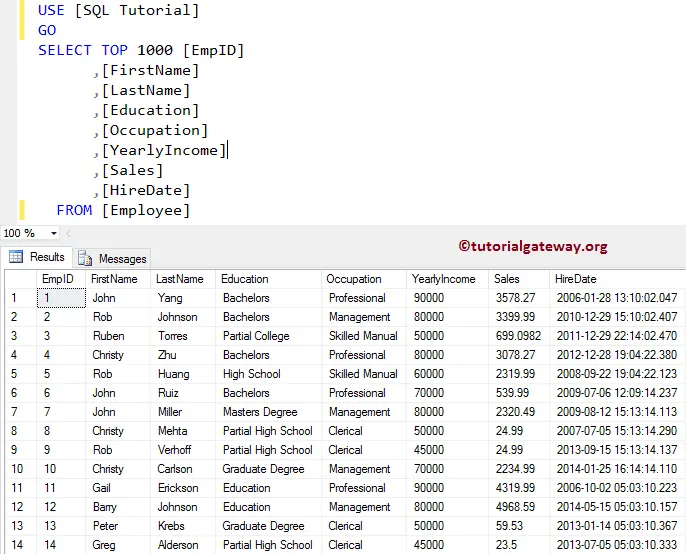




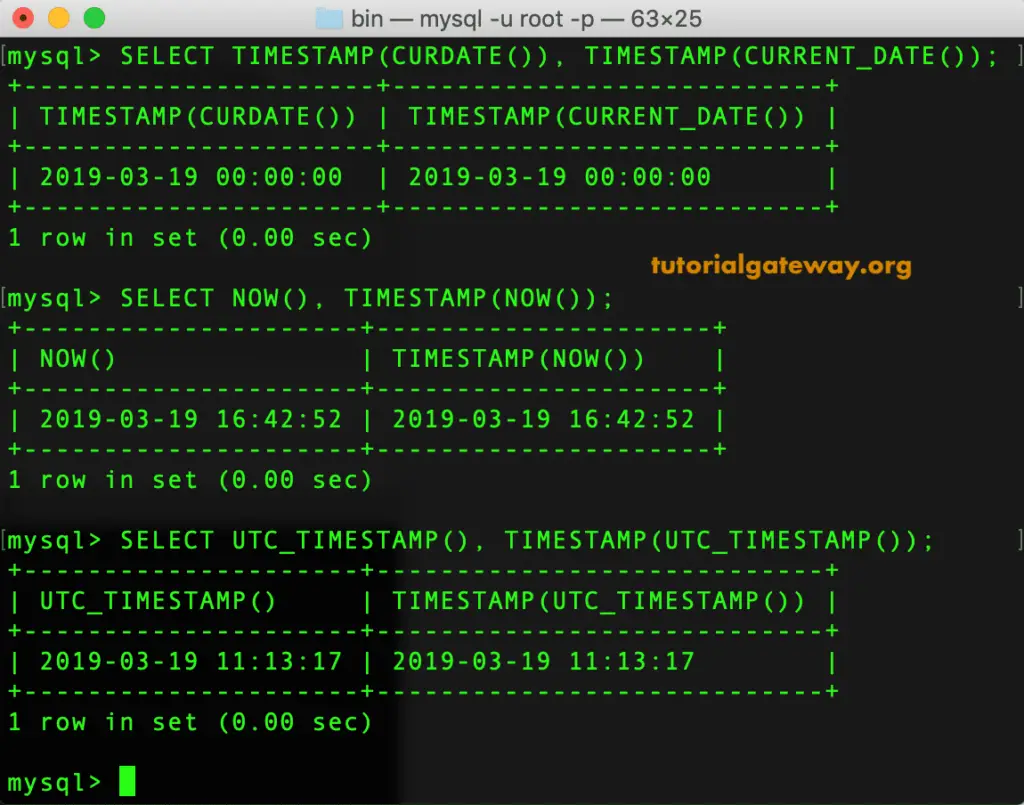




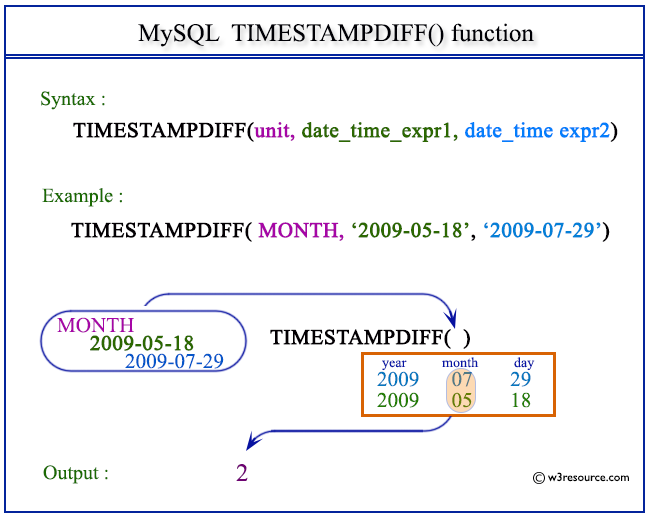





No comments:
Post a Comment
Note: Only a member of this blog may post a comment.